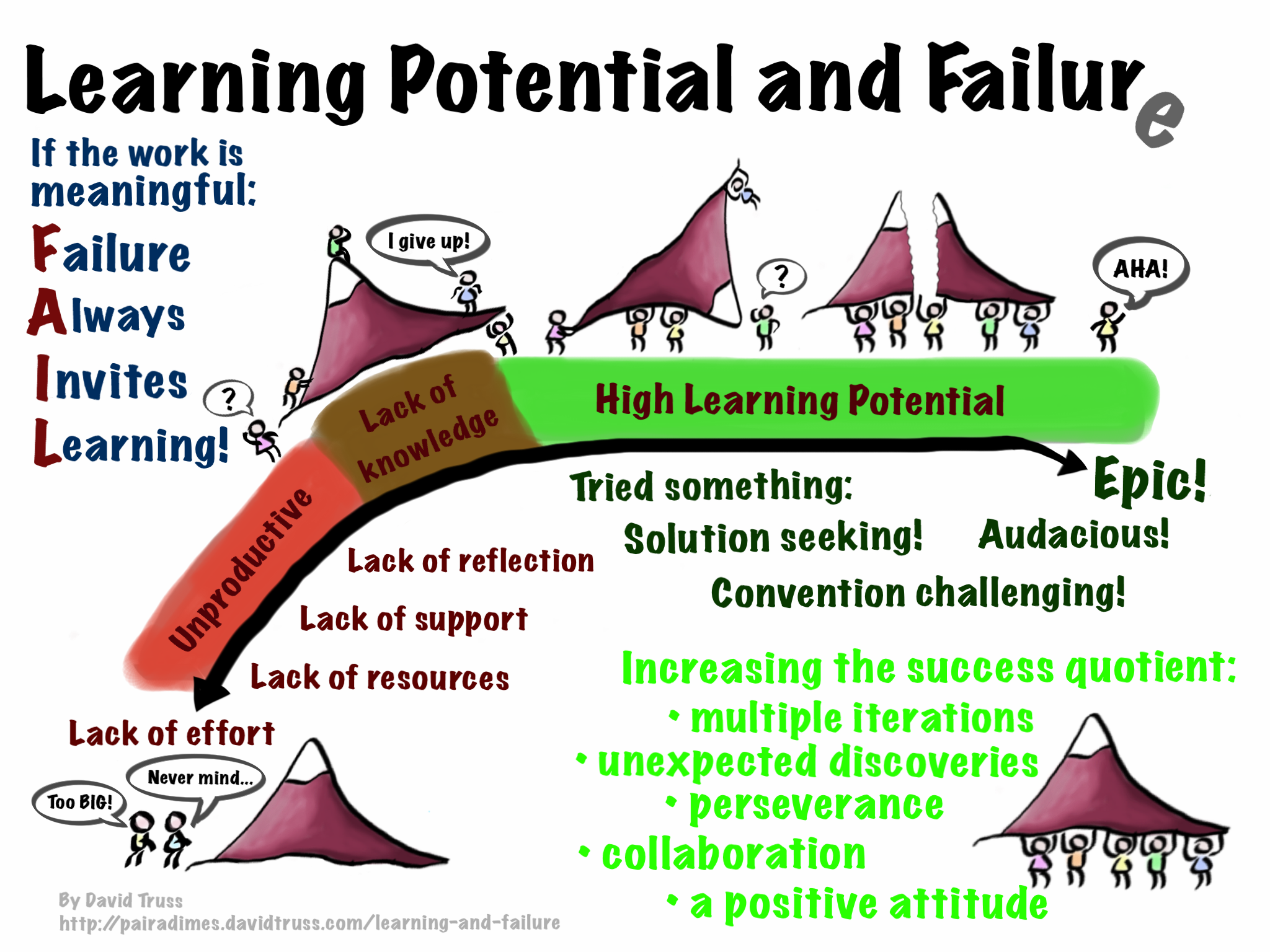Markus Zusak (author of The Book Thief) on the importance of failure
Yesterday I chanced upon this TEDxSydney 2014 talk in which Martin Zusak, author of the hugely successful novel
The Book Thief, shares his views on failure. It is inspiring and, as is so often the case, fell into my lap at the perfect time. My Year 11 classes are both in the middle of creatively writing, and some are inevitably confronting moments in their work that appear to be 'brick walls'. By this I mean they come to a point where they think their ideas are 'dumb', 'stupid' or worthless. Or sometimes it's a problem that they just don't know how to solve. I do not believe that it is my job to solve those moments for them - that, in fact, those moments are actually the most valuable. The sense of accomplishment that comes from overcoming what seems insurmountable is where the learning and forward momentum truly occurs. There are so many times when students get me to read their work and say, 'where should I go next?' My answer is always 'what do you want to say in your writing, and how can you best say it in this moment? What will serve you best here if that is the message you want your reader to get?'
If I tell my students what to write next instead of allowing them to experience that frustration that Zusak talks of, I rob them of a chance to feel truly triumphant (and I also produce 20 to 30 pieces of writing that are, in essence, my work, not theirs). There's very little learning value in that.
Thanks Markus Zusak for helping me articulate that to my students today.
(And thanks to http://pairadimes.davidtruss.com/wp-content/uploads/2013/09/Learning-and-Failure-datruss.png for the above image - this is shared under the Creative Commons license).


















